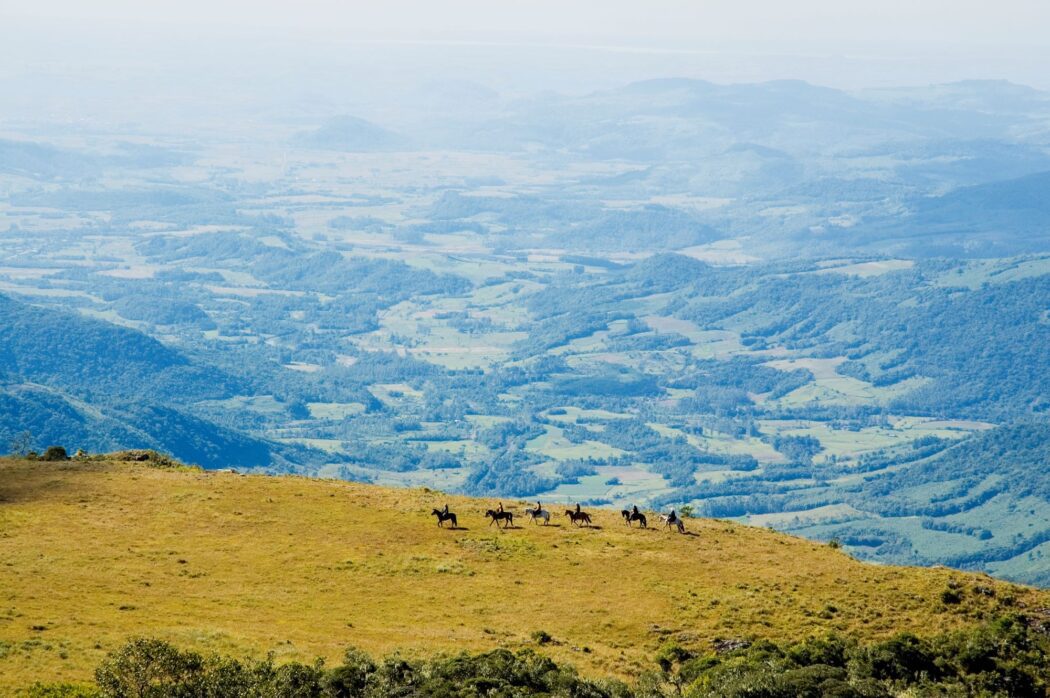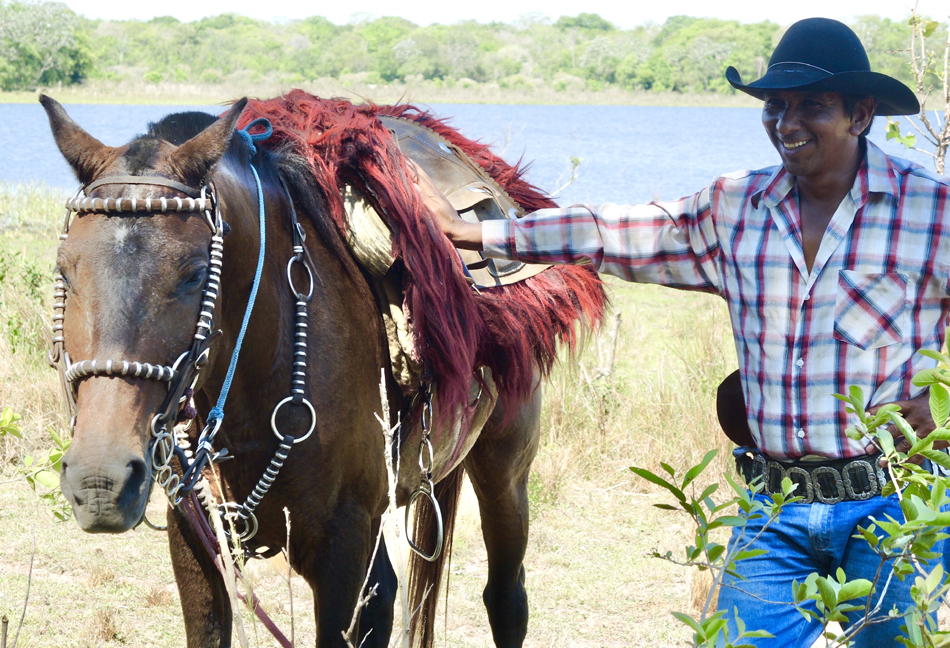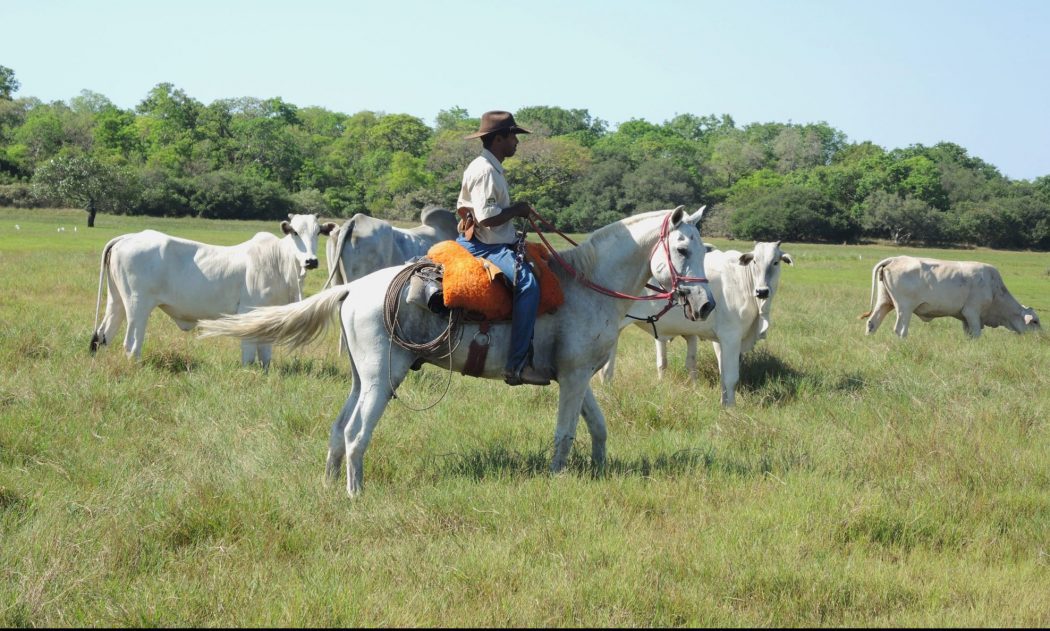Brazil offers a full a sensory experience. Brazilian music is contagious, and the locals are friendly and willing to help.
The country is the most biodiverse in the world. Occupying half of South America’s land mass, Brazil is is one the top three countries with the greatest variety of bird species and the largest number of terrestrial vertebrates and invertebrates of any country in the world. The Pantanal is a unique place to spot animals in the wild, including one of the most impressive big cats – the jaguar. Additionally, it is home to a strong horse culture, where large ranches still run cattle much like they did generations before with cow horses and cowboys front and center. An invitation to join a gaucho around the campfire after a day of work is an invitation to experience the true nature of Brazil.
The Pantanal is the biggest inundated plain in the world. Located in the center of Latin America it reaches three countries, Brazil, Bolivia and Paraguay. The biggest part belongs to Brazil, and has 140.000 km2, divided in two states Mato Grosso and South Mato Grosso. Traditionally the Pantanal (wetlands) has been divided in 10 sub regions, according to characteristics of landscape or historical facts: Cáceres, Poconé, Barão de Melgaço, Paiaguás, Paraguay, Nhecolândia, Abobral, Aquidauana, Miranda and Nabileque. The dry and wet seasons are a remarkable characteristic of this ecosystem and decide the rhythm of the incredible wild life sheltered in its ecosystem. There are 3,500 species of plants, 124 species of mammals, 177 of reptiles, 41 of amphibious and at least 423 species of birds. Pantanal has been considered a big natural terrarium because of its countless populations of animals and plants coming from the Cerrado with some Amazonian influences. It’s a refuge for threatened species of extinction like the painted jaguar, the hyacinth macaw (blue macaw), the giant anteater and the giant otter. At Fazenda Baía das Pedras, located in the Pantanal of Nhecolândia, you will have the opportunity to know other inhabitants like the marsh and the pampas deer, the capybara, caimans, howler monkeys, the tapir, peccaries, the toucan, the jabiru stork and the red and yellow macaw.





